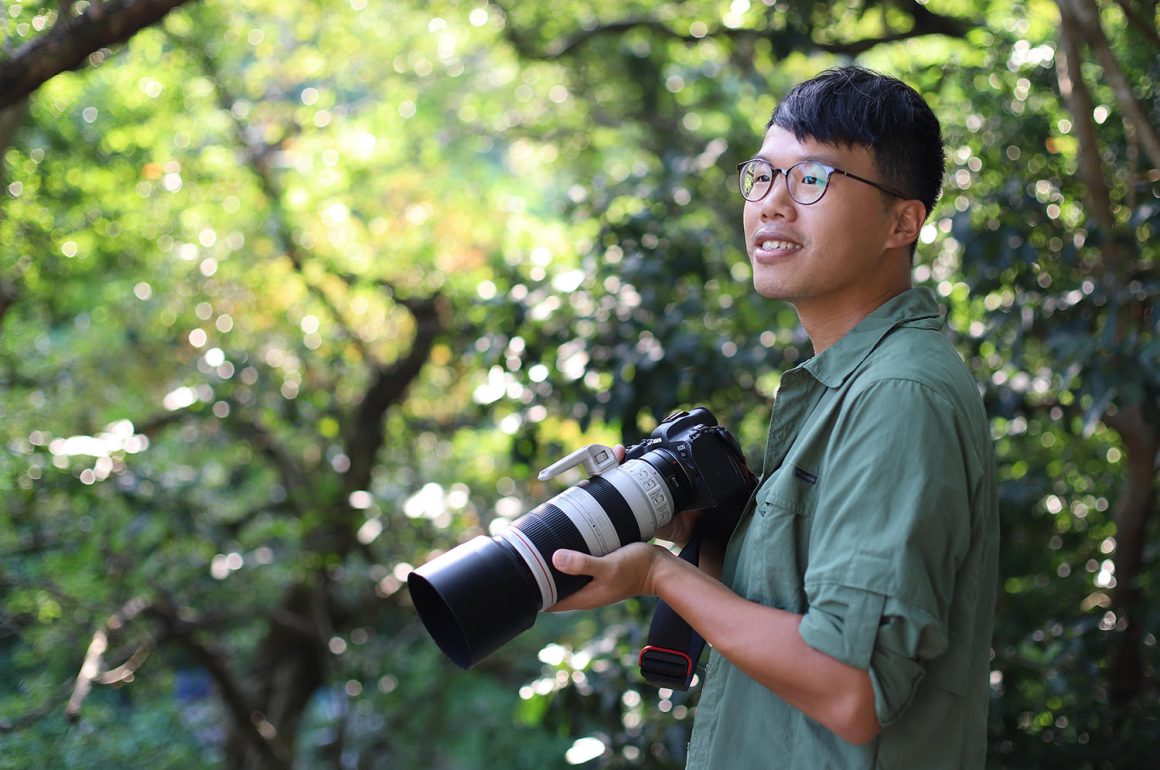
What is your favorite bird species?
I am always happy whenever I see a Black-capped Kingfisher.
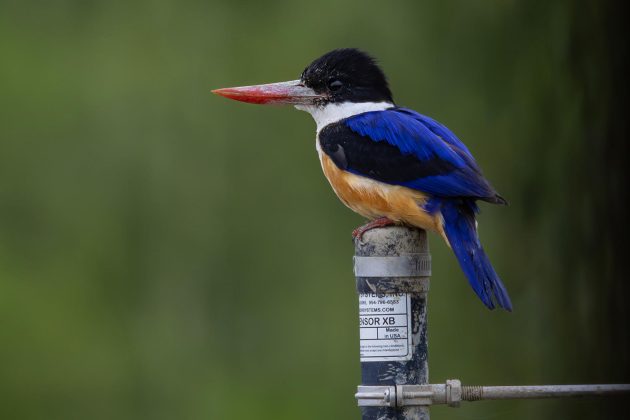
What is your name, and where do you live?
Matthew Kwan, I live in Hong Kong, Tai Po district to be exact.
Hainan Blue Flycatcher
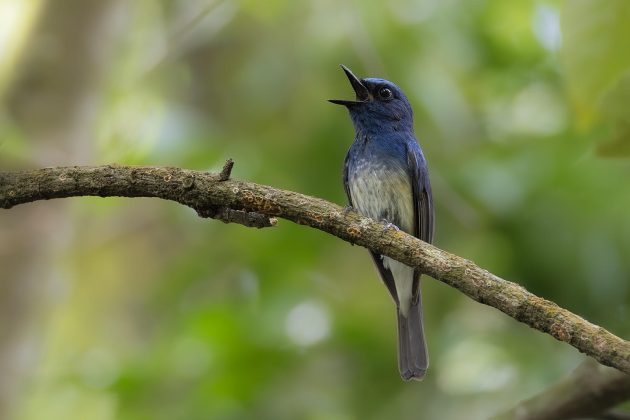
What are the main regions or locations you cover as a bird guide?
I mainly do bird guiding around Hong Kong, but I also do overseas birding tours.
Pygmy Cupwing
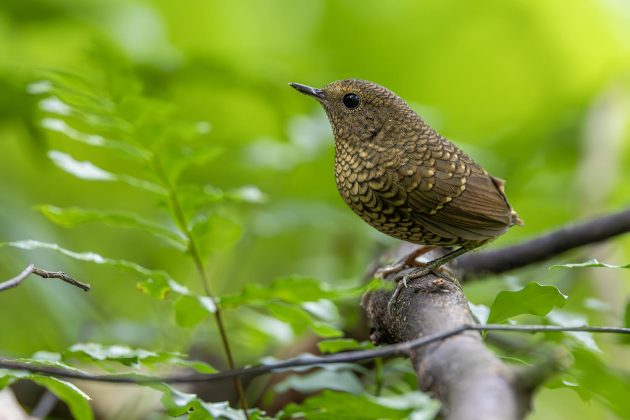
How long have you been a bird guide?
Since 2017.
How did you get into bird guiding?
Since I began writing my birding blog I started getting more emails from visiting birders wanting to find a bird guide in Hong Kong.
Imperial Eagle
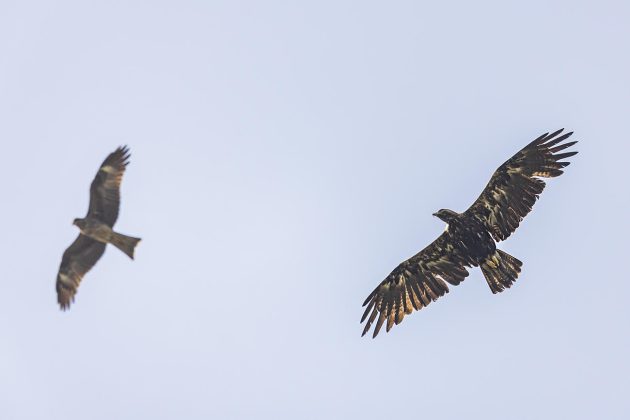
What are the aspects of being a bird guide that you like best? Which aspects do you dislike most?
My favourite aspect of guiding is meeting different people who all share the same passion for birds as I do. I most dislike the long wait for our migrants to return during the hot summer months!
Yellow-cheeked Tit
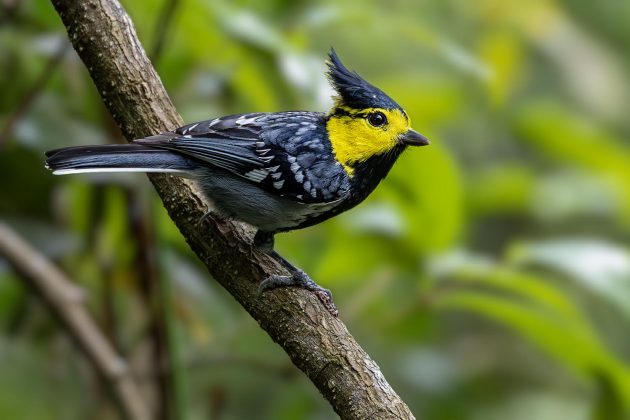
What are the top 5-10 birds in your region that are the most interesting for visiting birders?
We don’t have any endemic species in Hong Kong, but here are a few target species for many visiting birders:
- Collared Crow – a decreasing corvid in much of its range, associated with wetland areas.
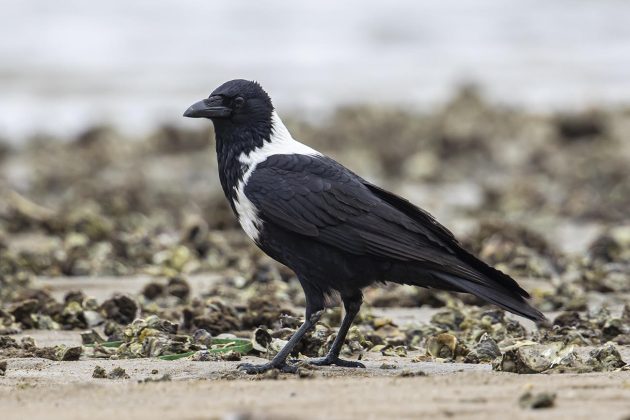
- Black-faced Spoonbill – an East Asian specialty, endangered with around 7,000 in the wild.
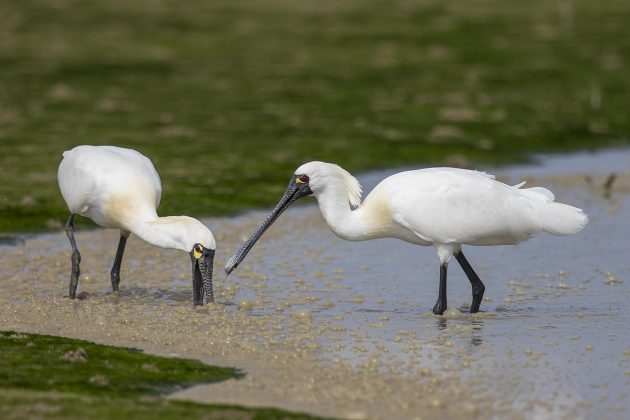
- Chinese Penduline Tit – a small and unobtrusive reed bed specialist from East Asia.
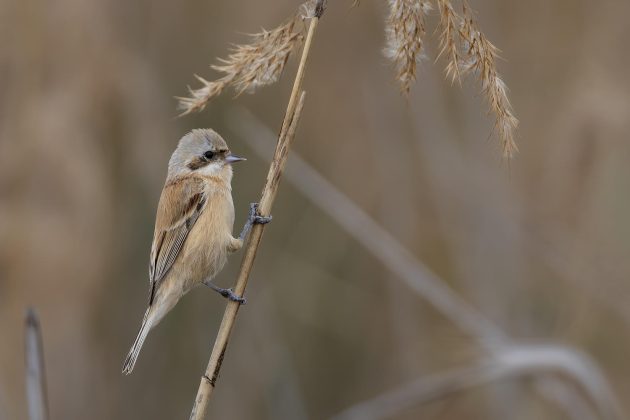
- Asian Dowitcher – a large and uncommon wader mainly found in East Asia.
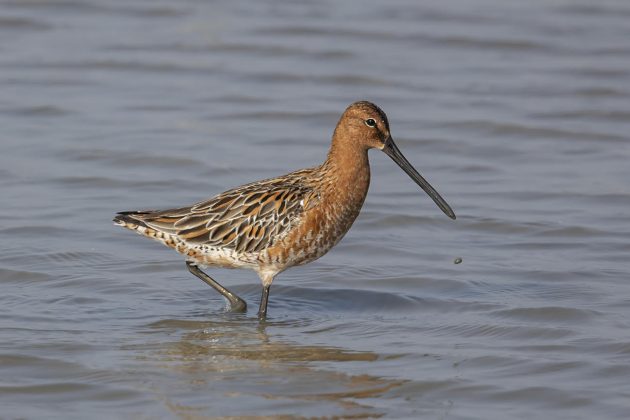
- Nordmann’s Greenshank – Endangered and declining wader with an estimated population of less than 2,000.
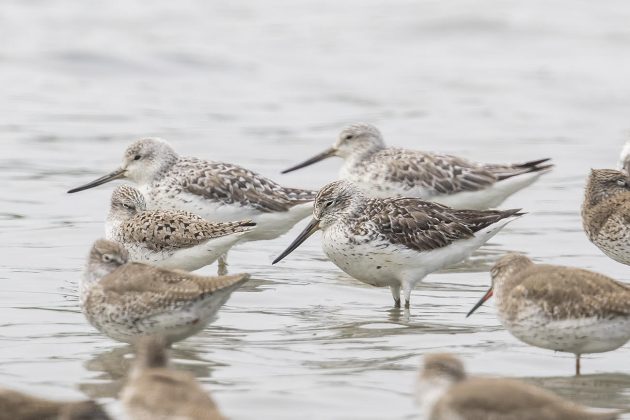
- Saunders Gull – a small, elegant gull found mainly along the coast of East Asia.
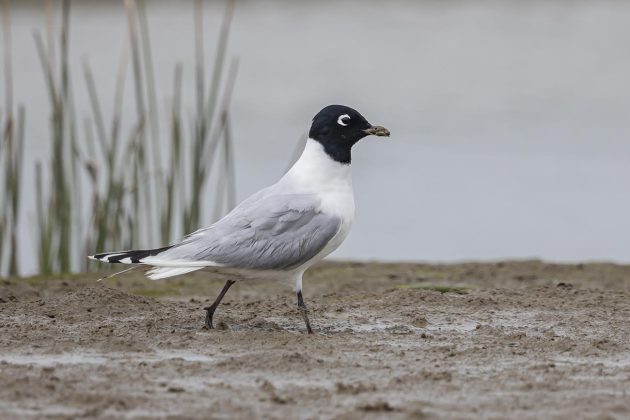
- Yellow-breasted Bunting – a critically endangered bunting that is now confined mainly to East Asia.
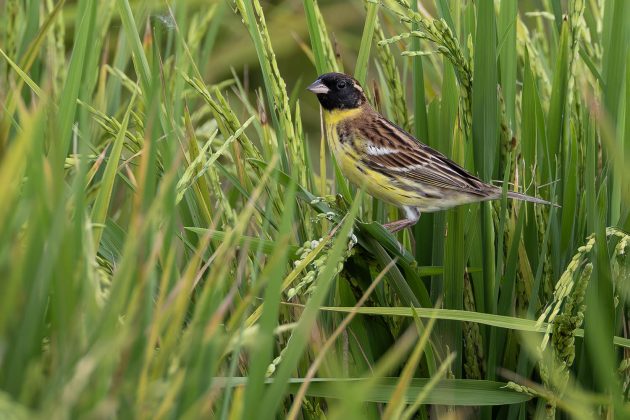
- Greater Painted Snipe – a skulking and shy waterbird that inhabits freshwater marsh.
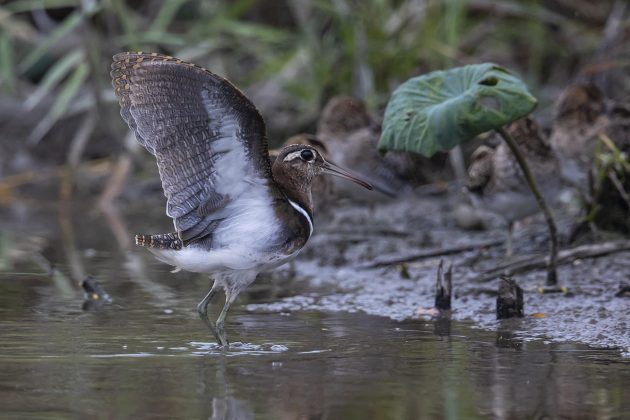
- Chinese Egret – a vulnerable but elegant-looking egret species
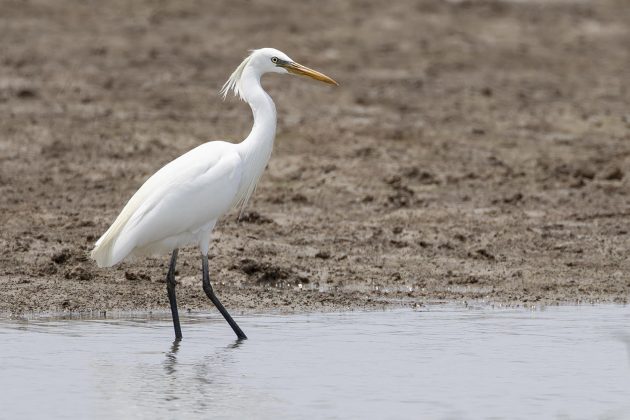
- Chinese Grassbird – a rare and poorly understood species confined to a few sites around Southern China, Myanmar, and Cambodia.
Can you outline at least one typical birdwatching trip in your area? Please briefly describe the locations, the key birds, and the approximate duration of such a trip
While two full days will allow more time to enjoy the birds, many visiting birders are often here on business or stopover, and only have one full day for birding. A full-day birding trip here can be very productive in the right season. A typical full day itinerary goes like this:
7am – Tai Po Kau Nature Reserve
Being the prime forest site in Hong Kong, we will look for the majority of our forest species at Tai Po Kau, including Scarlet Minivet, Grey-chinned Minivet, Yellow-cheeked Tit, Velvet-fronted Nuthatch, Black-throated Laughingthrush, Silver-eared Mesia, Blue-winged Minla, Huet’s Fulvetta, Chestnut Bulbul, Mountain Bulbul, Black Bulbul, Pygmy Cupwing, Great Barbet, Speckled Piculet, and Bay Woodpecker. In the summer, we get Hainan Blue and Brown-breasted Flycatchers breeding here. During the winter months and migration season, we may encounter Amur Paradise Flycatcher, Narcissus Flycatcher, Verditer Flycatcher, Grey-headed Canary Flycatcher, Japanese Thrush, White’s Thrush, White-spectacled Warbler, Hartert’s Leaf Warbler, Ashy Drongo, Asian Stubtail, Rufous-tailed Robin, and Red-flanked Bluetail.
10:30am – Mai Po Nature Reserve
Mai Po Nature Reserve is our only Ramsar site in Hong Kong; visitors need to get a permit from WWF (HK) to enter. The mudflat at Deep Bay should be timed with an incoming tide; anything above 1.8m is suitable. During the winter months and migration season, the mudflat becomes a haven for many endangered species, including the Black-faced Spoonbill, Chinese Egret, Nordmann’s Greenshank, Far Eastern Curlew, Great Knot, and Asian Dowitcher. We still get the occasional Spoon-billed Sandpiper, but this species is getting increasingly difficult in Hong Kong. The Black-capped Kingfisher can sometimes be seen out on the mudflat, along with White-throated, Pied, and Common Kingfishers. Within the nature reserve, you may find other migrants and residents including Eastern Imperial Eagle, Greater Spotted Eagle, Eastern Marsh Harrier, Collared Crow, Falcated Duck, Eastern Spot-billed Duck, Daurian Redstart, Red-billed Starling, White-cheeked Starling, Chinese Penduline Tit, and many more.
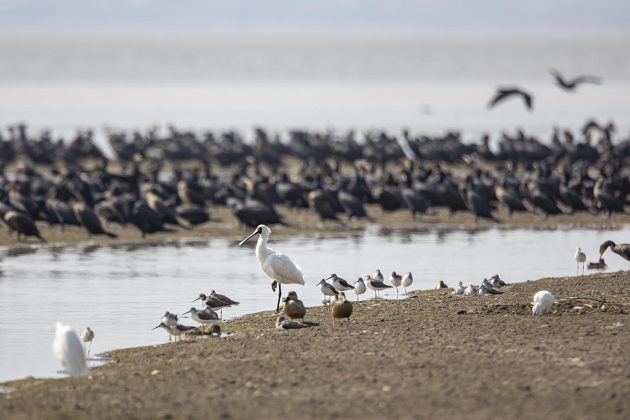
3:00 pm – Long Valley Nature Park
Our last birding spot of the day brings us to the largest freshwater marsh in Hong Kong, comprising of various farmlands and paddy fields. Here you can find many wetland species, including Black-winged Stilt, Pied Avocet, Greater Painted Snipe, Common Snipe, Wood Sandpiper, and Green Sandpiper. The paddy fields attract hundreds of White-rumped and Scaly-breasted Munias, but during migration, this is also a haven for the critically endangered Yellow-breasted Bunting, along with Little, Chestnut-eared, Black-headed, and Rustic Buntings. During winter and migration season, you may even find Bailon’s Crake, Brown-cheeked Rail, Ruddy-breasted Crake, Oriental Pratincole, Citrine Wagtail, Bluethroat, Black-browed Reed Warbler, Oriental Greenfinch, and many more. The many small birds attract the attention of raptors, Black-winged Kite and Besra are often seen swooping down at great speed.
At the end of the day, we quite often end up with over 100 species, on a good day, sometimes over 120 species! All thanks to the close proximity of different habitats within a 20km radius.
Fork-tailed Sunbird
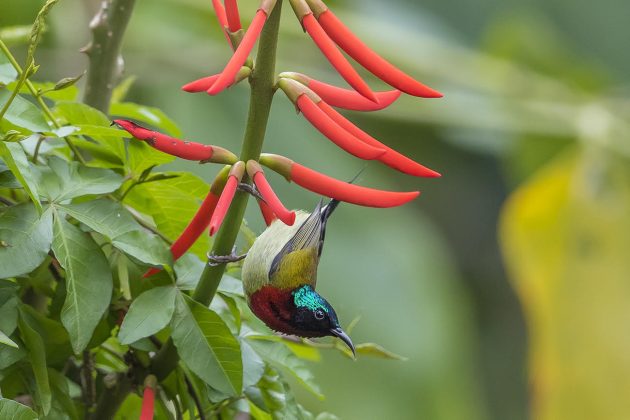
What other suggestions can you give to birders interested in your area?
Birding is good from September to May; the birding experience can vary a lot at different times of the year.
- September – November: Autumn, autumn migration can be very good with many wintering birds arriving as well, the best time for buntings.
- November – March: Winter, most winter visitors staying for prolong period of time, best time for various wintering warblers.
- March – May: Spring, the most exciting time for spring migrants, but birds are also quite unpredictable, and the best time for migratory waders.
- May – August: Summer, this is the quietest time of the year, mostly for the breeding species, plus a few summer visitors.
Scarlet Minivet
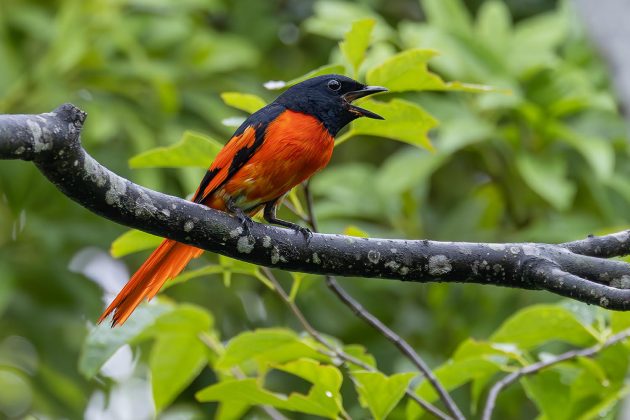
If any readers of 10,000 Birds are interested in birding with you, how can they best contact you?
You can email me or leave me a Facebook message:
- matthewkwan88@gmail.com
- https://www.facebook.com/matthew.kwan1/


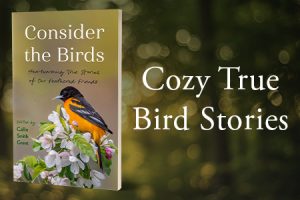



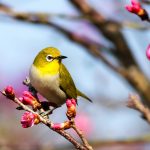


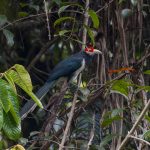
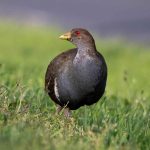
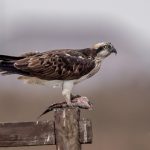
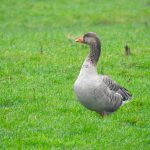
I lived in Hong Kong for a short period and never got to birding – for the same reasons I have mentioned in my Malaysia posts. After reading this post, I feel the need to return, just for birding.
Thanks so much, Matthew. Striking birds!